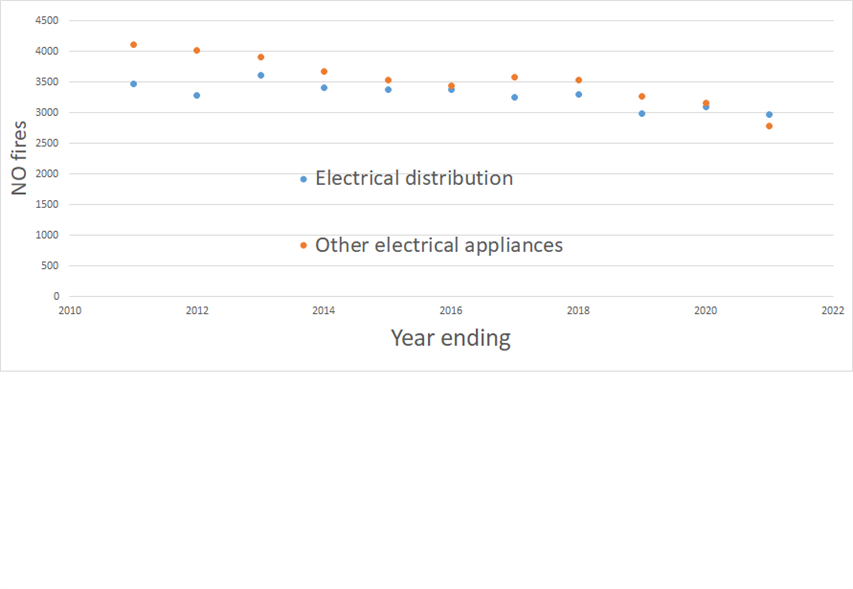I'm struggling to see the benefots of fitting AFDD's.
I've searched the web, but cannot find any compelling evidence that they actually help in safety.
The Proffesional Journals all say they are a good thing, but with little content to show the data used to show they make a difference.
As we know, many fires are not caused by arcs, the build up of fluff in a tumble dryer is a typical example.
When I did my Social Housing work, I found many burnt out shower switches, along with washing machine sockets and occasional cooker switches that were totally burnt around the terminals, yet, in many cases would still work until the switch finally fell apart. Clearly some of these switches had been arcing, then had fused the cable to the terminal, others showed black terminals with only a small contact area, thus heating the terminals and causing the 'fishy' smell, which was quite typical.
Is there any evidence that AFDD's would stop these failures?
What about internal appliance faults?
Wasnt Grenfell started in a fridge? If so, would AFDD detect that fault?
And, what are appliance manufacturers doing to make their goods safer? From what I see, there are still thin tin plate terminals on cookers,and poor, loose spade terminals inside firdges and other appliances.They are made to be as cheap as possible, and it shows when you tighten up a terminal, and it bends the back plate as it is so thin.

